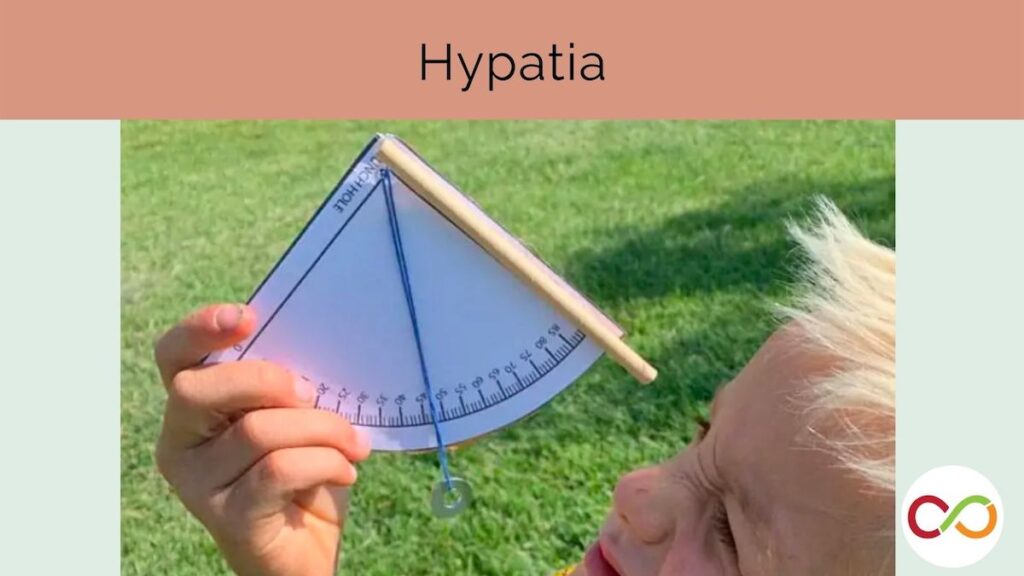Historical Figures in One Minute
Junior (Age 9 – 12)
Curriculum Goal
Junior: Data Management
- Explain the importance of various sampling techniques for collecting a sample of data that is representative of a population.
- Collect data from different primary and secondary sources to answer questions of interest that involve comparing two or more sets of data.
- Select from among a variety of graphs the type of graph best suited to represent various sets of data; display the data in the graphs with proper sources, titles, and labels, and appropriate scales; justify the choice of graphs.
- Analyze different sets of data presented in various ways by asking and answering questions about the data, challenging preconceived notions, and drawing conclusions.
- Make convincing arguments and informed decisions regarding the graphs.
Context
- Students begin in groups, followed by teacher-led, full-class discussion.
- Educators should be aware of possible special sensitivity with some students during this kind of discussion.
Materials
- Pencils and paper
- Chalkboard/SMART Board/chart paper
Lesson
- Separate the class into groups of three or four students. Give groups one minute to brainstorm as many famous people (dead or alive) as possible. They can be from any sector.
- Bring the class together and ask each group to read their list of famous people aloud.
- Write them down so that everyone can see. This will prevent duplicate names.
- Ask students what they notice about the list of people. Are there any commonalities/differences (in gender, age, race/ethnicity, industry, place of origin, etc.)?
- Ask students for their general impressions as to why some groups are over- or under-represented. Explain they will be analyzing the differences systematically using data.
- Have students brainstorm different ways of categorizing the information.
- Divide into small groups and create graphs to represent the data based on one set of criteria (e.g., number of males vs. females, members of different ethnicities, etc.). For each set of categories, calculate the relative proportions of each type using percentages and/or fractions.
- Provide (or have students research) demographic information about the relative proportions of people in these categories, either in the world or in Canada.
- For example, what percentage of the general population is male? How many are East Asian? How do the relative proportions compare to the proportions of different people in the original list?
- Introduce issues of intersectionality (e.g., what proportion of people on the list are women of colour?)
- Lead students in a discussion about why some groups appear to be over-represented while others remain severely under-represented. Could it be a function of our own biases? Different access to opportunity, or access to different opportunities? Do we have a limited view of fame? Are their other ways of being important in your society?
- Conclude by repeating the original exercise as a whole class, asking students to try to create a more balanced list this time.
Look Fors
- Are students accurately determining the differences between the number of people listed in each group?
- What do students notice about the discrepancy between many of the groups?
- Are students able to determine socioeconomic and political factors that might lead to these differences?
Extension
- Introduce students to the book/video If The World Were a Village and its associated website 100people.org. They offer rich possibilities for data analysis of proportional representation.
- The Statistical Society of Canada website, Census At School, offers the opportunity for students to compare numerous aspects of demographics with the rest of the country and then enter their data to create a broader picture of Canadian society.
- Students can examine other kinds of over/under representations in mainstream culture. For example, how many protagonists in children’s picture books are white?
- Have students research accomplishments among more marginalized or less commonly represented groups in our society. Challenge them to create a list that reflects the proportional representation of different groups in the school/Toronto/Canada/the world.
Share this lesson
Share on facebook
Share on twitter
Share on email

